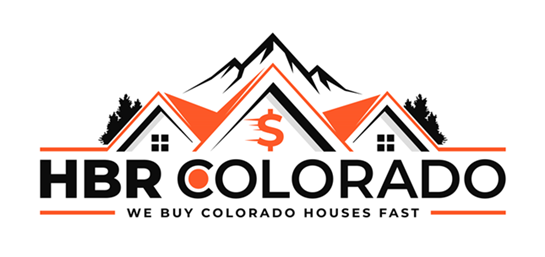Introduction
Colorado Springs, nestled at the base of the majestic Rocky Mountains, is a city known for its natural beauty, thriving economy, and rapidly growing population. With this growth comes the need for well-constructed, safe, and sustainable buildings. Colorado Springs achieves this through the rigorous enforcement of building codes designed to ensure the safety of its residents and the resilience of its structures. In this article, we will explore the importance of building codes in Colorado Springs.
The Role of Building Codes
Building codes are a set of regulations that govern the design, construction, alteration, and maintenance of buildings. They are developed and enforced by local authorities to safeguard public health, safety, and general welfare. Building codes serve several critical purposes:
- Safety: The primary purpose of building codes is to protect the safety of occupants and emergency responders during a building’s lifespan.
- Structural Integrity: Building codes ensure that structures are built to withstand natural disasters, such as earthquakes, floods, and high winds, common to Colorado’s diverse geography.
- Energy Efficiency: Modern building codes promote energy-efficient construction methods and materials, reducing environmental impact and long-term operating costs.
- Accessibility: Building codes require that structures are accessible to individuals with disabilities, promoting inclusivity.
Building Codes in Colorado Springs
Colorado Springs follows building codes that are based on national and international standards. The specific codes adopted by the city include the International Building Code (IBC), International Residential Code (IRC), International Energy Conservation Code (IECC), and others.
Key Aspects of Colorado Springs Building Codes
- Permitting: Before beginning construction, property owners are generally required to obtain building permits from the city. These permits outline the scope of work, ensuring it aligns with code requirements.
- Inspections: Building inspections are conducted at various stages of construction to verify compliance with building codes. This includes checking structural elements, electrical systems, plumbing, and more.
- Energy Efficiency: Colorado Springs places a strong emphasis on energy efficiency. The city has adopted energy codes to reduce energy consumption, including requirements for insulation, lighting, and HVAC systems.
- Fire Safety: Given the risk of wildfires in Colorado, building codes often include fire-resistant materials and construction techniques to enhance fire safety.
Balancing Safety and Growth
The growth of Colorado Springs is undeniable, and the responsibility of ensuring safe, sustainable growth falls heavily on building codes. These codes strike a balance between the need for new development and the preservation of the city’s natural beauty and resources. They also help protect against potential hazards, such as flooding and severe weather events.
Conclusion
Building codes in Colorado Springs are more than just regulations; they are essential tools for ensuring the city’s growth is safe, resilient, and sustainable. They provide property owners, developers, and local authorities with clear guidelines to follow, resulting in structures that stand the test of time and contribute to the overall well-being of the community. As Colorado Springs continues to evolve, building codes will remain a cornerstone of its growth and development.
